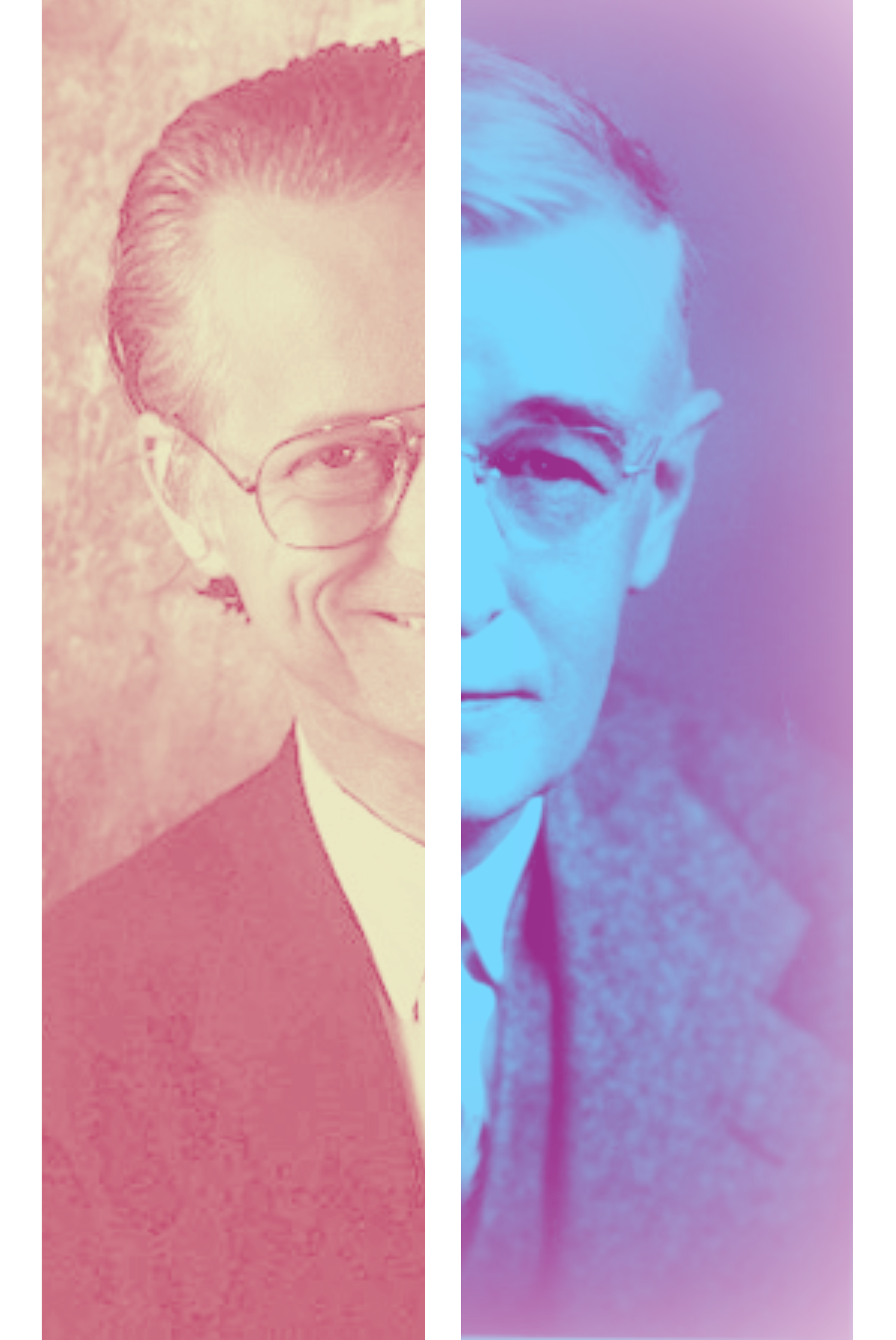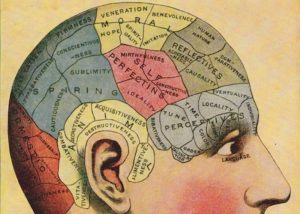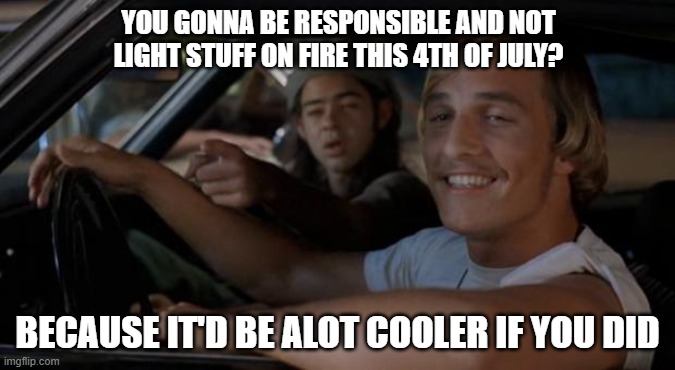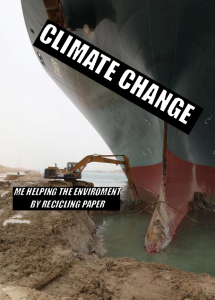Vannevar Bush’s and Ted Nelson’s visions have fallen short since the creation of the Internet Boom, while other visions have come to fruition. Because the web is so sophisticated now, it would have been tricky for them to estimate what it would become, yet Bush and Nelson’s speculations have had an impact on the internet’s outcome.

When we organize information in a specific way, we push the mind to recognize and create meaning of it. With a World Wide Web collecting a vast amount of knowledge for individuals, we have blasted our brains with a massive quantity of data. Nelson recognizes this as an imposed mindset, according to the lecture.he expresed the importance of connection inside the interned and how this will improve in some aspect our own social circles.However, this will also have some implications on our cultures.

The internet is a network of billions of connections and resources, far too large for any individual to understand.However,Bush understands the complexity behing this archived data. he aims for finding ways to facilitated the organizacion of this data, with the finality of easing the use of it. Bush wants us to have access to this information and to command it with our own methods.for example: the memex machine which was thoght for collecting concepts, ideas, and observations than can be re-look in order to study the data.

As a result, these innovative minds end up working together.
Bush wants people to have access to this wealth of knowledge, and Nelson wants it to be organized in a way that benefits the intellect. I feel that the internet has paved the road for many innovators, and that they will all be interconnected in some form.













